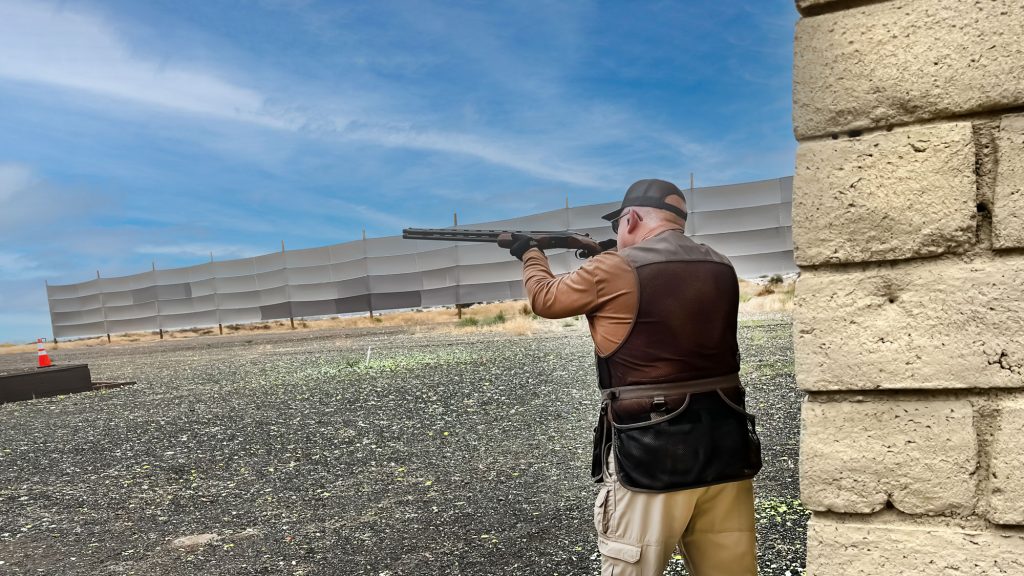
intro
Shotgun shooting sports have grown significantly in popularity over the past few decades. The sport does not require enormous strength, stamina, or specialized skills. Anyone can do it! There is no restriction on age or ability, as long as you can lift a shotgun, you are ready to play the game and it is never too late to learn the sport.
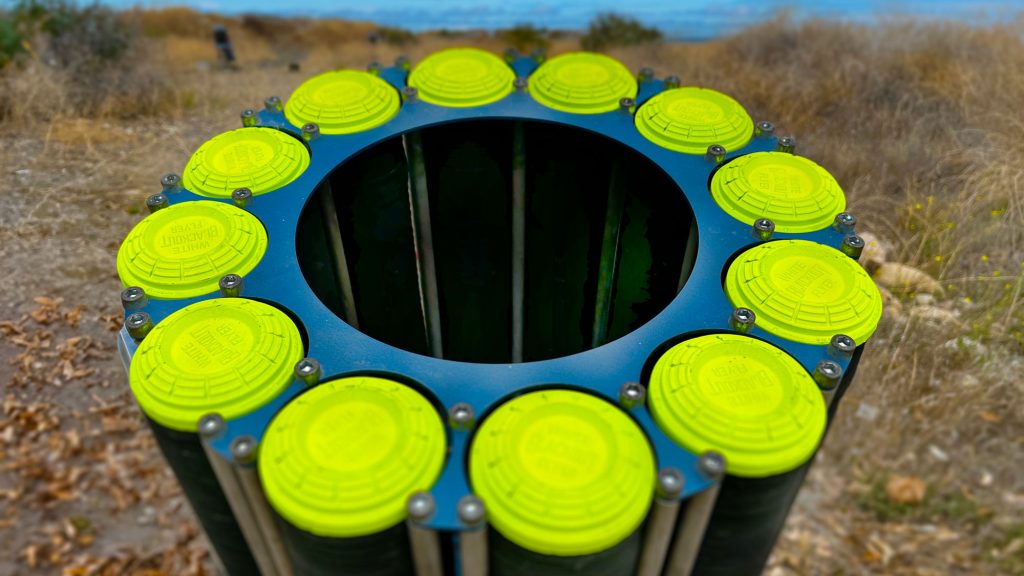
A little history
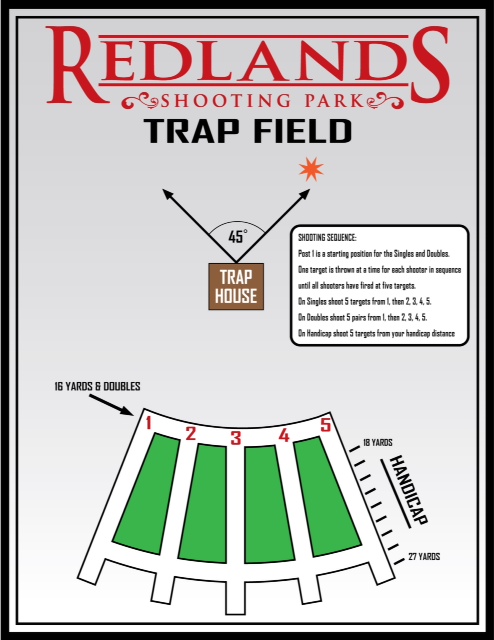
Trap Shooting
Trap shooting is all about timing, speed, and movement. It requires significant skill and accuracy to consistently hit a 4 1/4-inch clay disc traveling through the air at around 40 mph. However, the sport’s continual growth throughout the United States shows that people of many different skill levels and ages can participate.
Shooters begin by standing in a specified spot approximately 16 to 25 feet behind the trap house. When a shooter calls “pull,” the trap house throws a clay target away from the shooter at a height of approximately 10 feet off the ground. Most official scoring organizations do not discern the difference between a solid hit that shatters the target and one that only destroys a piece of the clay.
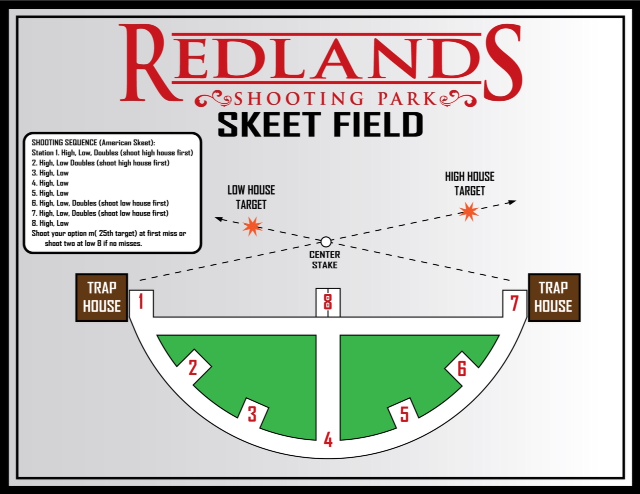
SKEET SHOOTING
Skeet shooting is a recreational and competitive activity where participants use shotguns to attempt to break clay targets which two fixed stations mechanically fire into the air at high speed and at a variety of angles.
Skeet is one of the three major disciplines in clay shooting – alongside trap shooting and Sporting Clays.
There are several types of skeet including one with Olympic status called “Olympic Skeet” or “International Skeet” and many with only national recognition.

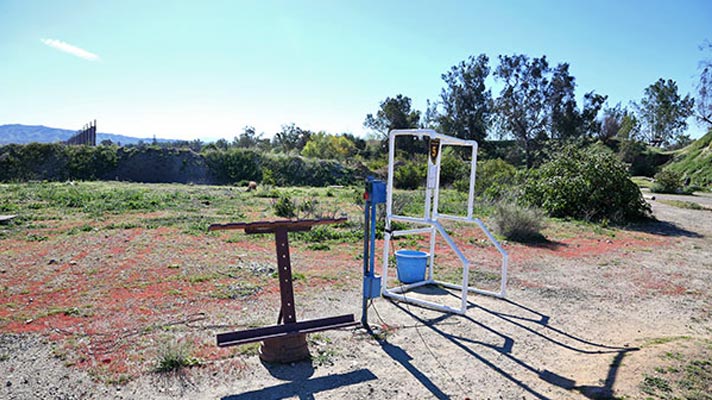
Sporting Clays
Although sporting clays may be the most challenging clay target game for beginners, it provides the most realistic simulation of true field shooting.
Sporting Clays courses are like golf courses in that each one is unique. They can include anywhere from five to fifteen shooting stations or more.
Each shooting station offers a slightly different shot that duplicates a bird’s flight path. From incoming to crossing, flushing, and angling shots, a sporting clay course replicates almost every shot you may see in the field.
Most courses are set in natural environments with features such as ponds and wooded areas for a realistic effect. Some stations may throw more than one clay target simultaneously or directly following one another. To challenge shooters even more, some courses may use smaller targets or flat discs that change flight paths. Some may even feature a few “rabbit” targets that roll across the ground.
Each course also has its own set of rules and guidelines, but safety is always a priority. It can be easy to get over-excited in the competition on the course, so many courses send an employee to score, guide, launch clays, and promote safety throughout. Guns should always be unloaded when traveling from station to station.
TIPS FOR CLAY SHOOTING
Although almost anyone can have a great time participating in these shotgun shooting sports, it takes a lot of hard work and dedication to become a great shooter.
One of the most important steps to becoming a better clay-target shooter involves choosing the right gun to fit you. This is essential to your comfort and accuracy on the range.
Once you’ve found a gun that fits, practice mounting the shotgun when it is unloaded. Focus on making the movement of mounting as smooth as possible and on placing the shotgun in the same position every time.
Some beginners struggle with focusing on the gun bead or barrel instead of the target, a big mistake that will make you miss many shots in the future. As the experts say, “Don’t aim, point.”
Each time you miss a few clays, take a break and think about your shots. Are you doing something different with your posture? Are you stopping the movement of your barrel too suddenly? There are many small details that can cause “lost” clays on the range.
Whether you are a hunter looking for a way to practice your shot or want to focus on target shooting only, sports like these offer a unique way to enjoy shooting in general. They can be a great starting point for youth to practice safety and technique, and at the same time, serve as the perfect setting for a meeting of old friends.
At the end of the day, it is a game that anyone can play.


